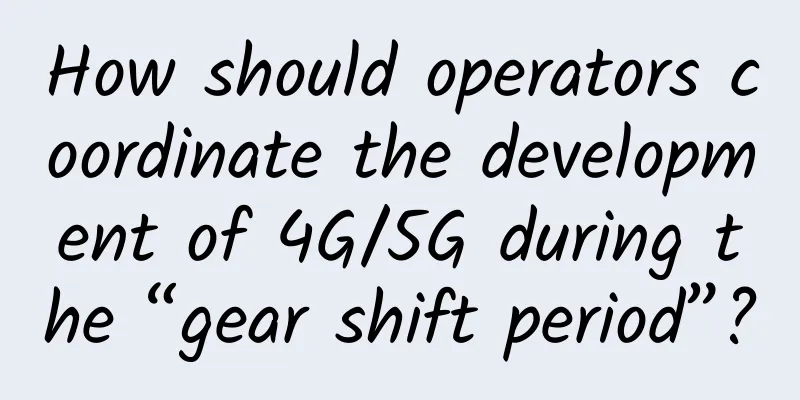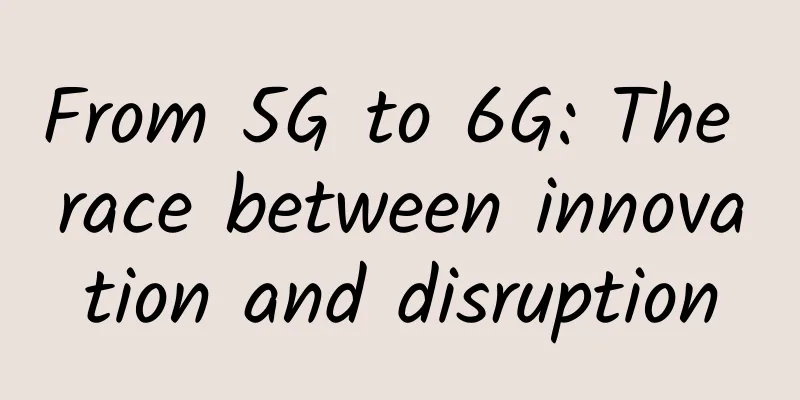If you don’t know IPv6, you are out of date. What is IPv6?

|
When using mobile apps, have you noticed that there is a line of small words at the bottom of the welcome page that says "IPv6 is supported". According to global IPv6 statistics released by Google, as of the end of November 2018, the global IPv6 penetration rate has exceeded 25.04%, while China's IPv6 penetration rate is only 2.93%. In 2019, both operators and Internet companies have begun to popularize IPv6 on a large scale. So what exactly is IPv6?
When talking about IPv6, we have to talk about the IPv4 protocol currently in use. Vinton Cerf, the "Father of the Internet", created the Internet communication protocol "IPv4" in 1977, allowing computers around the world to connect to each other. The IP address is a series of numbers assigned to each computer, website or other networked device, and each IP address is unique. Since the IP address length is 32 bits in IPv4, the rapid development of the Internet of Things has caused the current IPv4 addresses to be exhausted. As of June this year, the number of fixed-line Internet users in my country was 751 million, and the number of mobile Internet users was 724 million, but the number of IPv4 addresses was 338.45 million, and the average number of IPv4 addresses per fixed-line Internet user in my country was only 0.45. Example of the number of IPv6 addresses IPv6 uses a 128-bit address length, which can ensure that more than 1,000 addresses are allocated per square meter on the earth. In addition to solving the address shortage problem once and for all, the design of IPv6 also takes into account other problems that are not well solved in IPv4, mainly end-to-end IP connection, quality of service (QoS), security, multicast, mobility, plug-and-play, etc. At the end of 2018, the General Office of the CPC Central Committee and the General Office of the State Council initiated the "Action Plan for Promoting Large-Scale Deployment of Internet Protocol Version 6 (IPv6)". Almost at the same time, the "Snowman Project" IPv6 DNS system was released, creating basic conditions for IPv6 transformation. In the next 5-10 years, the construction of IPv6 networks will reach a new peak, bringing new business opportunities. Whether it is operators, cloud service providers or enterprises and industry users, in the process of transitioning to IPv6, they will inevitably face the situation of upgrading routers and other equipment. IPv6 upgrades will also bring new business opportunities. |
<<: If you think 5G will solve all your IoT challenges, think again
>>: Wireless WiFi network password cracking attack and defense and principle detailed explanation
Recommend
Comprehensive popular science about "Internet of Vehicles"!
Speaking of the Internet of Vehicles, I believe e...
Internet companies flock to launch satellites: Most are just gimmicks and it’s hard to find “Musk”|Guanchao
[[330113]] China was a little slower in opening u...
As the wave of 5G security approaches, how can we play the 5G security card well?
From 2G to 4G, mobile networks have become an ind...
Wireless router bridging easy to learn
For some people, the signal of one wireless route...
One year has passed since China's 5G license issuance, and these opportunities and challenges are becoming clearer
With the extensive publicity of the media and the...
6 SD-WAN trends to watch in 2020
SD-WAN reached a new inflection point in 2019. Du...
IMIDC server restock: Hong Kong & Taiwan starting from $39/month / Japan server starting from $49/month
IMIDC (Rainbow Network) Hong Kong, Taiwan and Jap...
How edge computing and 5G can drive business applications
Over the past decade, advances in cloud computing...
Using light bulbs to surf the Internet? Speed of 100Gbps? Is the much-anticipated Li-Fi really that great?
I have told you before that our current wireless ...
[New Year's Day] DogYun Elastic Cloud 30% off/Classic Cloud 20% off 16 yuan/month, top up 100 yuan and get 10 yuan free, independent server 200 yuan/month
DogYun (狗云) has launched a promotional event duri...
To promote the building of core capabilities, Huawei proposes a top-level design framework for operators' digital transformation
Today, at the MWCS 2021 media analyst pre-communi...
5G new call concepts and key technologies
Labs Guide The pursuit of communication technolog...
Inventory: Top 10 WiFi Industry Events in 2016
As we all know, WiFi has penetrated into various ...
The Ministry of Industry and Information Technology has issued an "iron order" that if you want to port your number to another network, you must meet these three conditions!
As we all know, the three major operators are amo...
Shenyang University: All-optical wireless optimizes application experience and creates a "easy-to-use and easy-to-use" campus network
Shenyang University is one of the universities wi...









